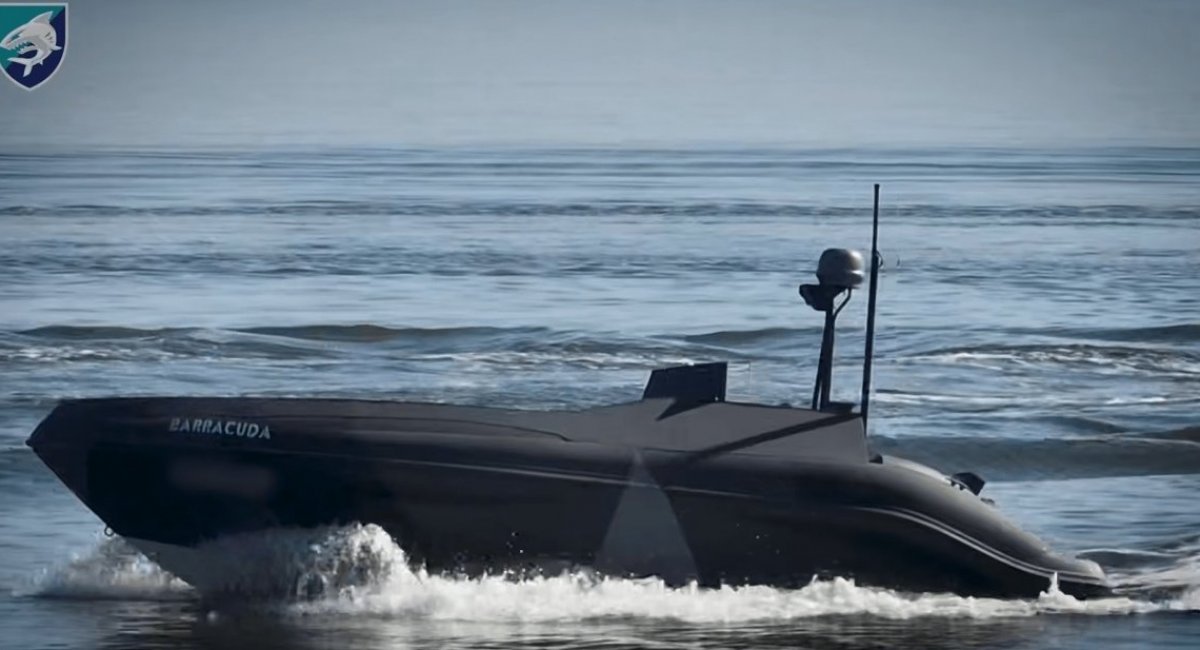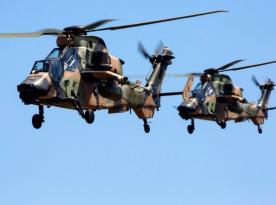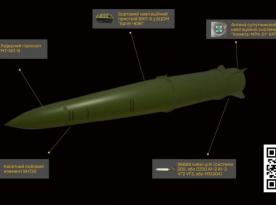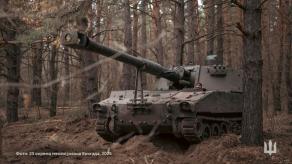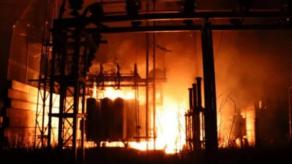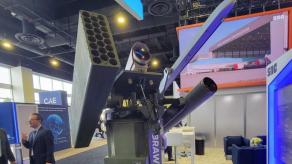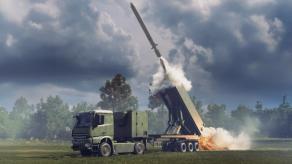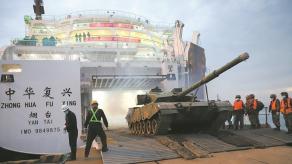Ukrainian Navy has been using the Barracuda series of sea drones for some time. Their first public appearance was in late August 2025, shown within a namesake unit belonging to the 40th Separate Coastal Defense Brigade of the 30th Marine Corps.
That initial reveal featured a Barracuda fitted with single-shot grenade launchers; more recently a version carrying FPV drones was displayed. It's worth taking a closer look at the different Barracuda types.
Read more: France Builds Shahed-Killer Mobile Teams Truck-Mounted Anti-UAS Guns Ready For Real Drone Warfare
In total there are nine variants, which can be grouped into four families.
- The first are the standard models.
- The second family is built on personal watercraft (jet-ski) platforms.
- The third comprises larger versions, likely based on tow-ski or water-ski boats.
- The fourth group includes a single craft with extended range and increased power.
Now more details on each unmanned vessel. All drones in the first group reach up to 70 km/h, have an operational range of 350–400 km, and use Starlink plus a redundant radio link for command and control.
The first type, Barracuda 1, carries FPV drones it can carry 4–8 of them for reconnaissance and strikes. It is likely the model seen in the recent footage.
Barracuda 2 mounts a remote‑controlled machine gun and electronic warfare systems, so it can screen and protect other sea drones or surface craft.
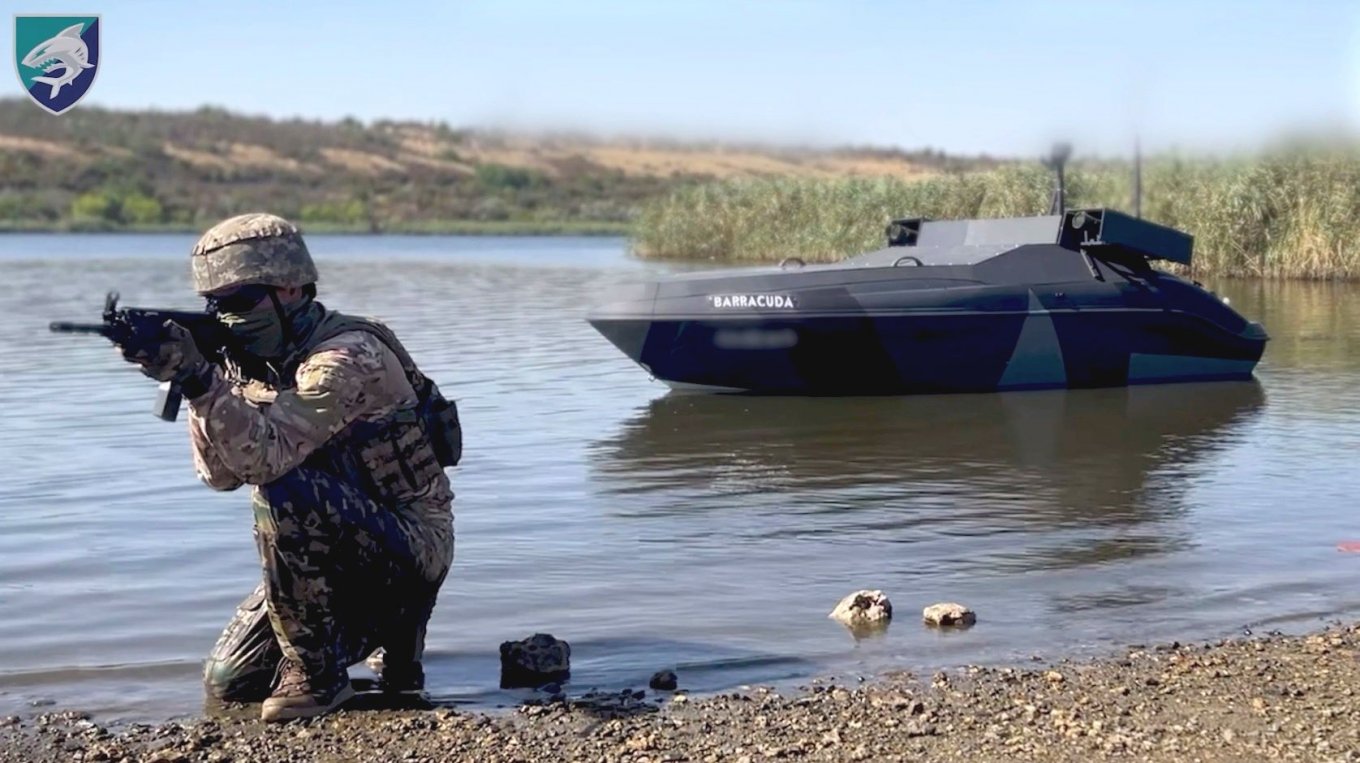
Barracuda 3 is a kamikaze variant and carries a warhead of roughly 250–400 kg.
Moving to the second family: these boats reach up to 110 km/h, have ranges of 300–350 km, and likewise use Starlink with a backup radio channel.
Barracuda 4 in this group is armed with four FPV drones.
Barracuda 5 is a kamikaze version with a warhead in the 70–250 kg class.
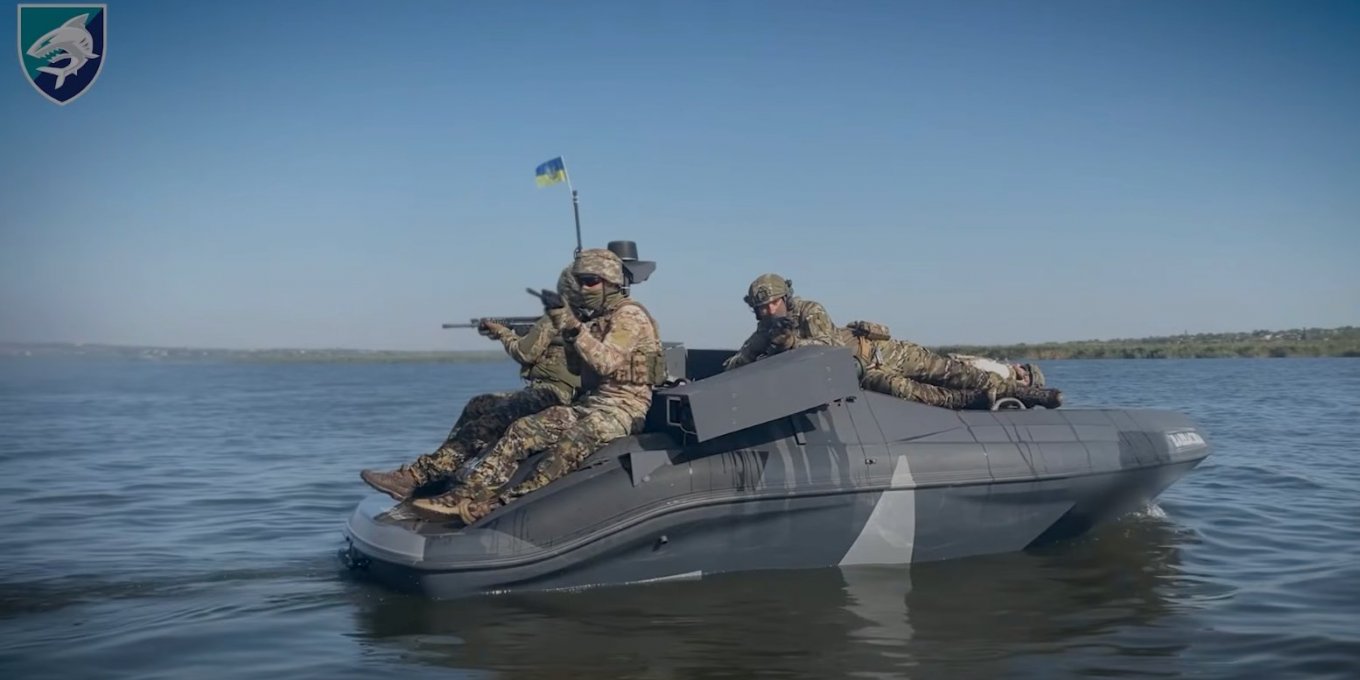
Barracuda 6 can be fitted with grenade launchers and, apparently, even ATGMs. It is unclear how an ATGM would be fired from a jet‑ski platform because the craft is inherently unstable on waves and aiming will be affected. Accurate ATGM employment therefore requires a stabilized sighting solution unless the weapon is used in a fire‑and‑forget mode.
The third family includes two types. They also reach up to 110 km/h, have a 300–350 km range, and use the same communications setup. Barracuda 7 is configured for evacuation and has a payload capacity up to 250 kg.
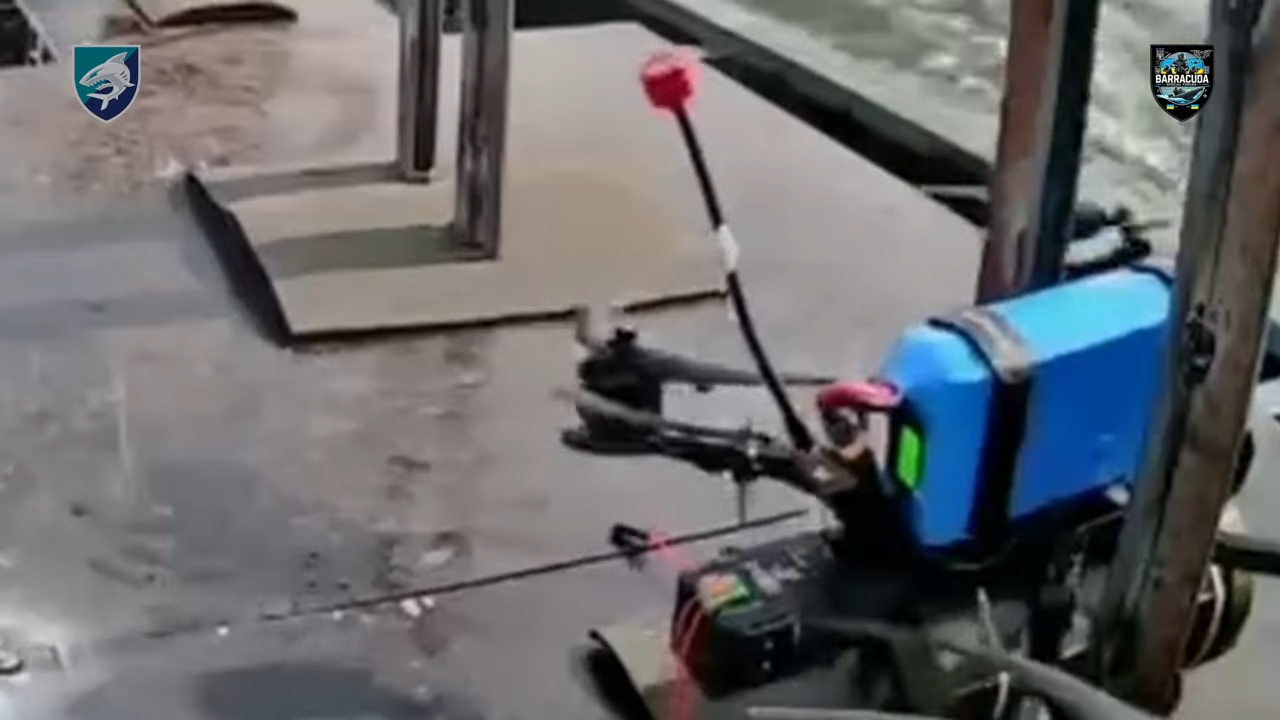
Next, Barracuda 8 is a heavier, more powerful kamikaze drone designed to hit targets such as bridges, ships and barges; it can carry a warhead from 100 to 400 kg.
The final family contains a single long‑range platform. Barracuda 9 has a top speed of up to 55 km/h, a maximum range of up to 700 km and a payload capacity of up to 1,000 kg. The exact payload configuration is not disclosed, but it is entirely possible that it can serve as a kamikaze with a warhead of up to 1 tonne.
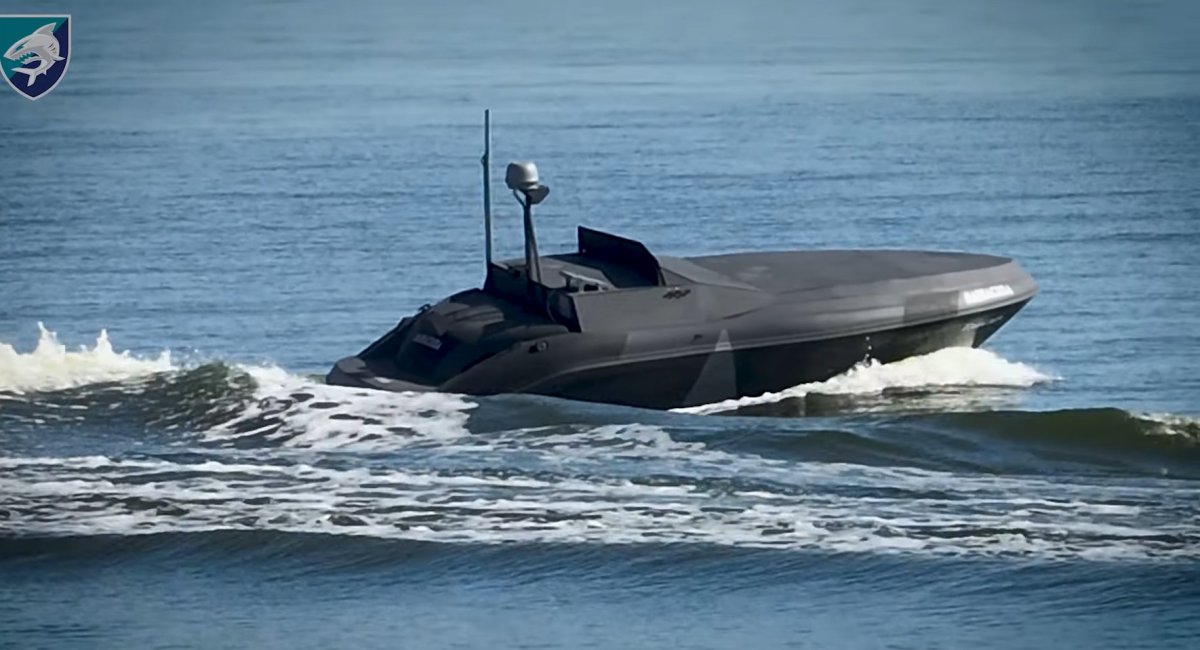
Apparently, the Barracuda series is developed by the Anglo‑European company 2DefAi.tech in cooperation with its Ukrainian namesake unit. The company's drones are intended not only for coastal defense but also for long‑range strikes for example against ports in occupied Sevastopol or Novorossiysk although so far they have only been observed in use on the Dnipro River and its delta.
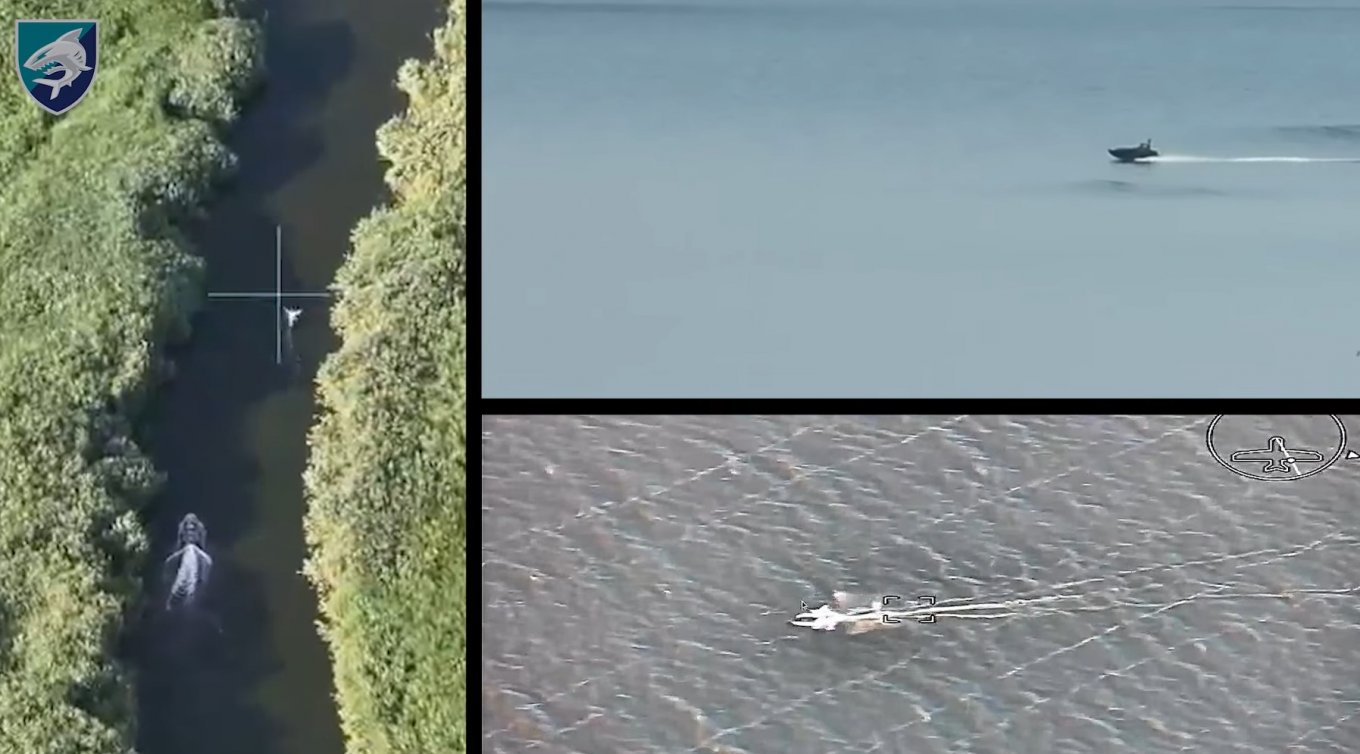
Overall, Ukraines maritime drone sector continues to develop rapidly, and Ukrainian unmanned systems remain among the world leaders.
Read more: Ukraine's Security Service Struck the Yak-52 Aircraft Whose Location and Details Were Inadvertently Exposed by russian Media




